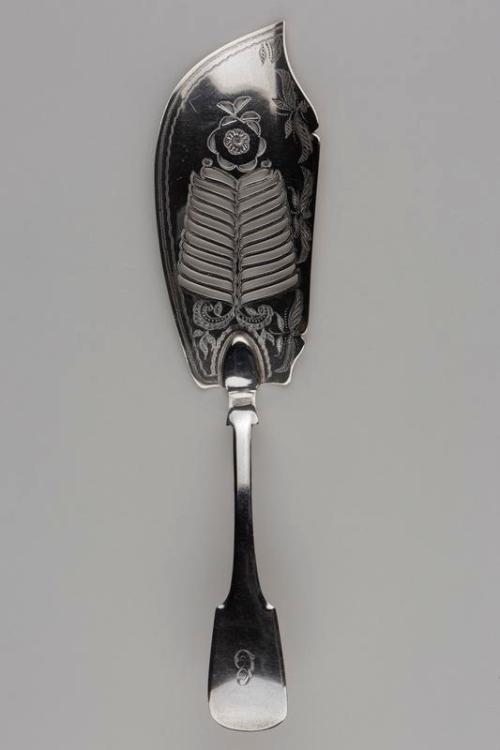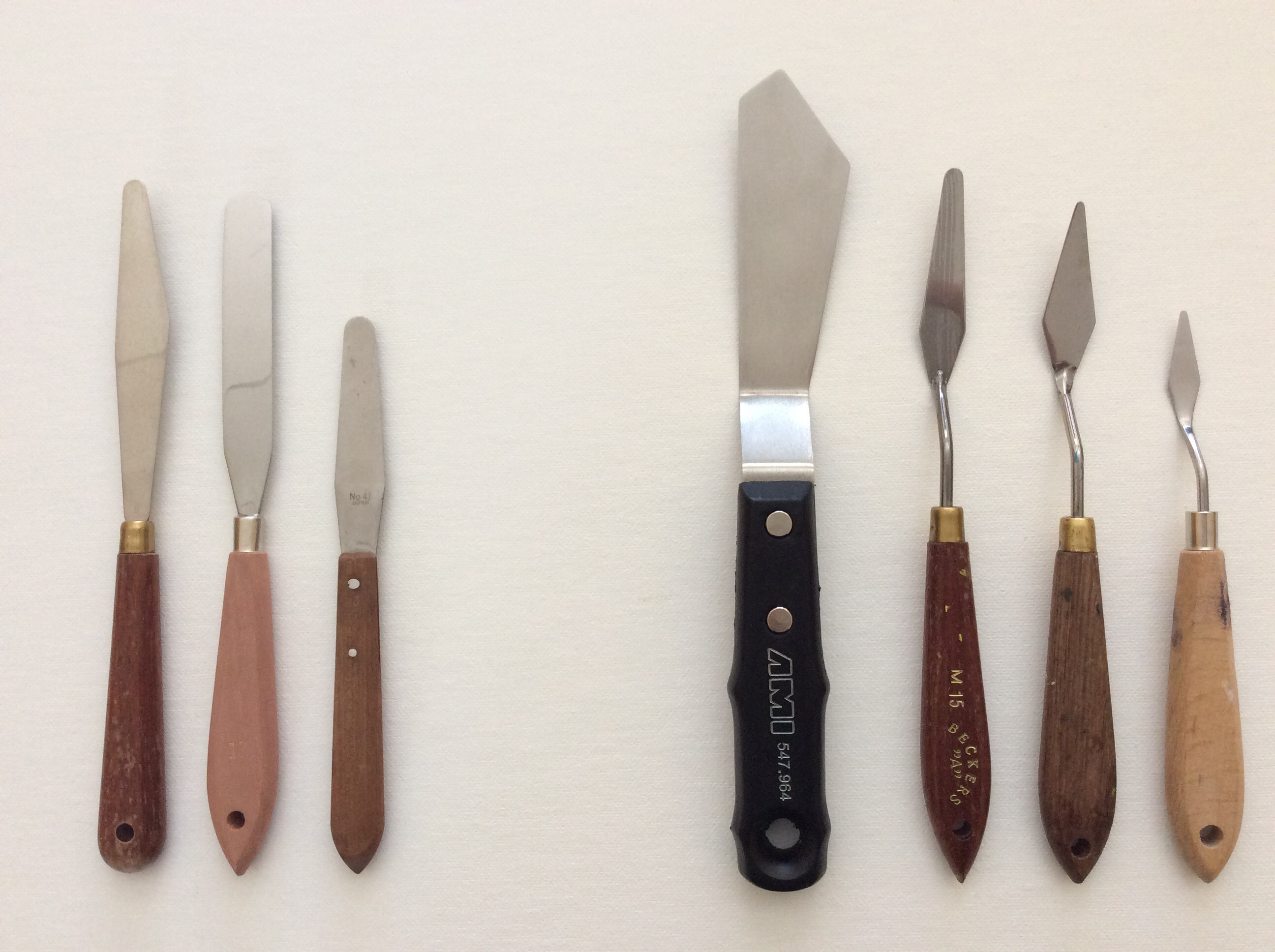|
Spatula (other)
A spatula is a cooking utensil. Spatula may also refer to: *A utensil for scientific work * Frosting spatula, used for frosting cakes * Fish slice (kitchen utensil) * Putty knife, used (by tradesmen) for spreading materials such as window putty, plaster or paint *Palette knife, used (by artists) for spreading or mixing paints (and other art mediums) *Spatulae (biology) Geckos are small, mostly carnivorous lizards that have a wide distribution, found on every continent except Antarctica. Belonging to the infraorder Gekkota, geckos are found in warm climates. They range from . Geckos are unique among lizards f ..., nanometer-scale projections covering the setae on the footpads of geckos * ''Spatula'' (bird), a genus of ducks {{Disambiguation ... [...More Info...] [...Related Items...] OR: [Wikipedia] [Google] [Baidu] |
Spatula
A spatula is a broad, flat, flexible blade used to mix, spread and lift material including foods, drugs, plaster and paints. In medical applications, "spatula" may also be used synonymously with tongue depressor. The word ''spatula'' derives from the Latin word for a flat piece of wood or splint, a diminutive form of the Latin , meaning 'broadsword', and hence can also refer to a tongue depressor. The words '' spade'' (digging tool) and '' spathe'' are similarly derived. The word ''spatula'' has been used in English since 1525. Use Spatulas are usually used to scrape within the contours of a mixing bowl or to level off the top of a dry mixing cup. Kitchen use American English In American English, ''spatula'' refers broadly to a number of broad, flat utensils. The word commonly refers to a turner or flipper (known in British English as a '' fish slice''), used to lift and flip food items during cooking, such as pancakes and fillets. The blades on these are usually made o ... [...More Info...] [...Related Items...] OR: [Wikipedia] [Google] [Baidu] |
Fish Slice (kitchen Utensil)
A fish slice is a kitchen utensil with a wide, flat blade with holes in it, used for lifting and turning food while cooking. It may be called a slotted spatula or a turner or flipper. The utensil was originally designed as a serving piece rather than a cooking implement. History The fish slice was originally an item of silver service used for serving fish at a dining table and was generally made of silver or Sheffield plate rather than copper or tinned iron to avoid the possibility of affecting the taste of the fish. The first known slices intended specifically for serving fish were mentioned in 1730. Starting with the 1740s they were often shaped as or decorated with representations of fish. By the 1770s, large numbers were manufactured. By the early 1800s, most flatware services included a fish slice. Antique examples commonly appear at auctions and are held in the collections of multiple museums. A modern fish sliceThe term evolved to refer to any slotted or pierced impl ... [...More Info...] [...Related Items...] OR: [Wikipedia] [Google] [Baidu] |
Putty Knife
A putty knife is a specialized tool used when glazing single glazed windows, to work putty around the edges of each pane of glass. Putty is often applied by hand, then smoothed with the knife. Modern insulated glazing may use other ways of securing the glass to the window frame. A spackle knife (called a scraper in British English, also known as a spatula in American English) is also commonly called a "putty knife", and is used for scraping surfaces or spreading material such as plaster in various construction Construction are processes involved in delivering buildings, infrastructure, industrial facilities, and associated activities through to the end of their life. It typically starts with planning, financing, and design that continues until the a ... trades. Widths from 1" to 5" or 6" are commonly available. Wider-bladed knives up to about 12" are used for sheet rocking. Larger blades are made, but generally lack the stability of the smaller blades and do not make a ... [...More Info...] [...Related Items...] OR: [Wikipedia] [Google] [Baidu] |
Palette Knife
A palette knife is a blunt tool used for mixing or applying paint, with a flexible steel blade. It is primarily used for applying paint to the canvas, mixing paint colors, adding texture to the painted surface, paste, etc., or for Paper marbling, marbling, decorative endpapers, etc. The "palette" in the name is a reference to an artist's Palette (painting), palette which is used for mixing oil paint and acrylic paint, acrylic paints. Art knives come primarily in two types: * palette knife resembling a putty knife with a rounded tip, suited for mixing paints on the palette; * painting knife with a pointed tip, lowered or "cranked" like a trowel, suited to painting on canvas. While palette knives are manufactured without sharpened cutting edges, with prolonged use they may become "sharpened" by the action of abrasive pigments such as earth colors. Palette knives are also used in cooking, where their flexibility allows them to easily slide underneath pastry, pastries or other item ... [...More Info...] [...Related Items...] OR: [Wikipedia] [Google] [Baidu] |
Spatulae (biology)
Geckos are small, mostly carnivorous lizards that have a wide distribution, found on every continent except Antarctica. Belonging to the infraorder Gekkota, geckos are found in warm climates. They range from . Geckos are unique among lizards for their vocalisations, which differ from species to species. Most geckos in the family Gekkonidae use chirping or clicking sounds in their social interactions. Tokay geckos (''Gekko gecko'') are known for their loud mating calls, and some other species are capable of making hissing noises when alarmed or threatened. They are the most species-rich group of lizards, with about 1,500 different species worldwide. All geckos, except species in the family Eublepharidae lack eyelids; instead, the outer surface of the eyeball has a transparent membrane, the brille. They have a fixed lens within each iris that enlarges in darkness to let in more light. Since they cannot blink, species without eyelids generally lick their own brilles when the ... [...More Info...] [...Related Items...] OR: [Wikipedia] [Google] [Baidu] |


